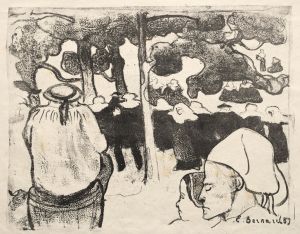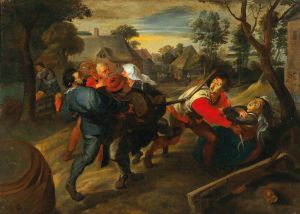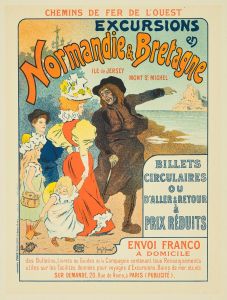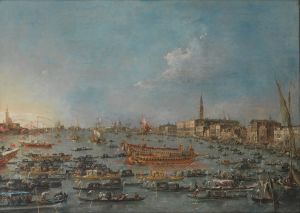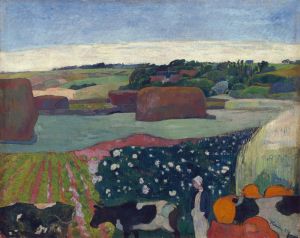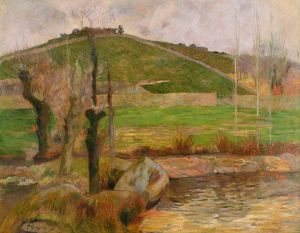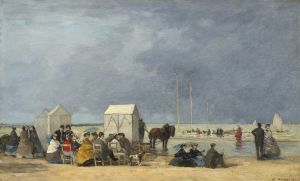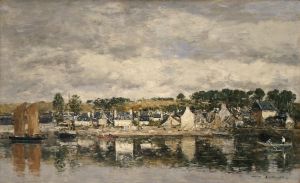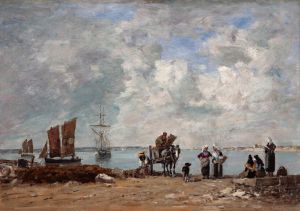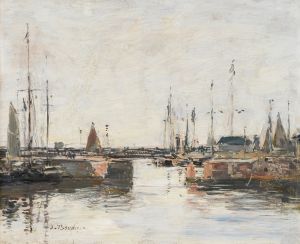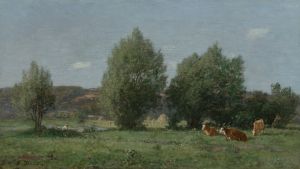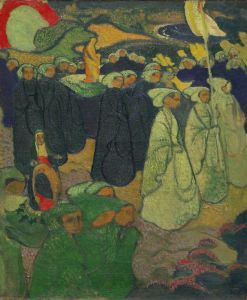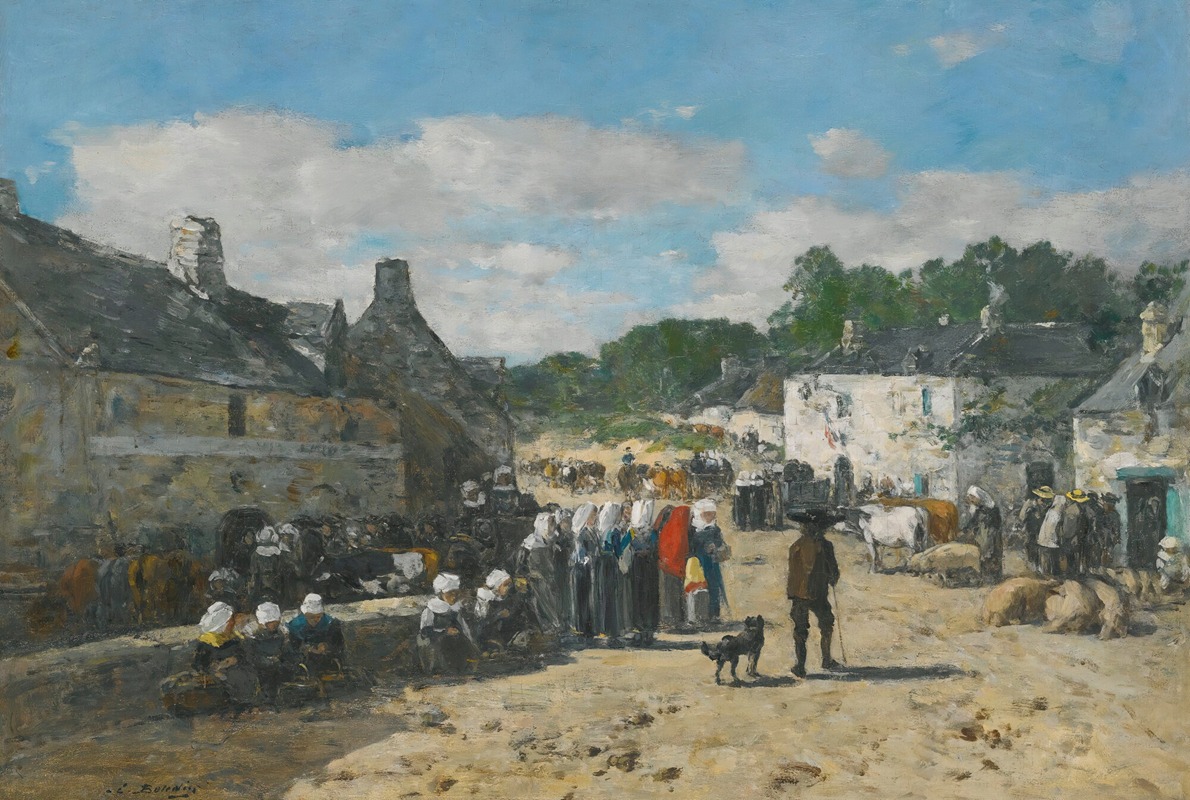
Jour De Foire En Bretagne
A hand-painted replica of Eugène Boudin’s masterpiece Jour De Foire En Bretagne, meticulously crafted by professional artists to capture the true essence of the original. Each piece is created with museum-quality canvas and rare mineral pigments, carefully painted by experienced artists with delicate brushstrokes and rich, layered colors to perfectly recreate the texture of the original artwork. Unlike machine-printed reproductions, this hand-painted version brings the painting to life, infused with the artist’s emotions and skill in every stroke. Whether for personal collection or home decoration, it instantly elevates the artistic atmosphere of any space.
"Jour De Foire En Bretagne" (Fair Day in Brittany) is a painting by the French artist Eugène Boudin, who is renowned for his landscape and seascape paintings. Boudin was born on July 12, 1824, in Honfleur, France, and is often considered one of the precursors of the Impressionist movement. His works are celebrated for their vibrant depiction of light and atmosphere, often capturing the essence of the French coastal regions.
The painting "Jour De Foire En Bretagne" was created in 1874, a period when Boudin was deeply engaged in exploring the landscapes and daily life of Brittany, a region in northwestern France. This particular work exemplifies Boudin's skill in portraying outdoor scenes with a keen eye for detail and a masterful use of light.
In "Jour De Foire En Bretagne," Boudin depicts a bustling fair scene in Brittany. The composition is lively, filled with people engaged in various activities typical of a fair day. The painting captures the essence of rural life in 19th-century France, showcasing the vibrant social interactions and the diverse array of characters that populate the scene. Boudin's use of color and light is particularly notable, as he employs a palette that brings out the natural beauty of the Breton landscape while also highlighting the festive atmosphere of the fair.
Boudin's technique in this painting reflects his broader artistic approach, which often involved painting en plein air (outdoors) to capture the transient effects of light and weather. This method allowed him to create works that are both realistic and imbued with a sense of immediacy and spontaneity. In "Jour De Foire En Bretagne," the sky is rendered with soft, diffused light, typical of Boudin's ability to depict atmospheric conditions with great sensitivity.
The figures in the painting are rendered with a loose, yet expressive brushwork, which was a hallmark of Boudin's style. This approach allows the viewer to sense the movement and energy of the crowd without getting bogged down in excessive detail. The overall effect is one of a snapshot in time, capturing the dynamic and ephemeral nature of a fair day.
Eugène Boudin's work, including "Jour De Foire En Bretagne," had a significant influence on the development of Impressionism. His emphasis on painting outdoors and his focus on the effects of light and atmosphere were key elements that would later be embraced by artists such as Claude Monet, who was a close friend and admirer of Boudin.
Today, "Jour De Foire En Bretagne" is recognized as an important example of Boudin's contribution to 19th-century French art. It stands as a testament to his ability to capture the beauty and vitality of everyday life, and his pioneering techniques continue to be celebrated in the history of art. The painting is held in various private and public collections, where it continues to be appreciated by art enthusiasts and scholars alike.





